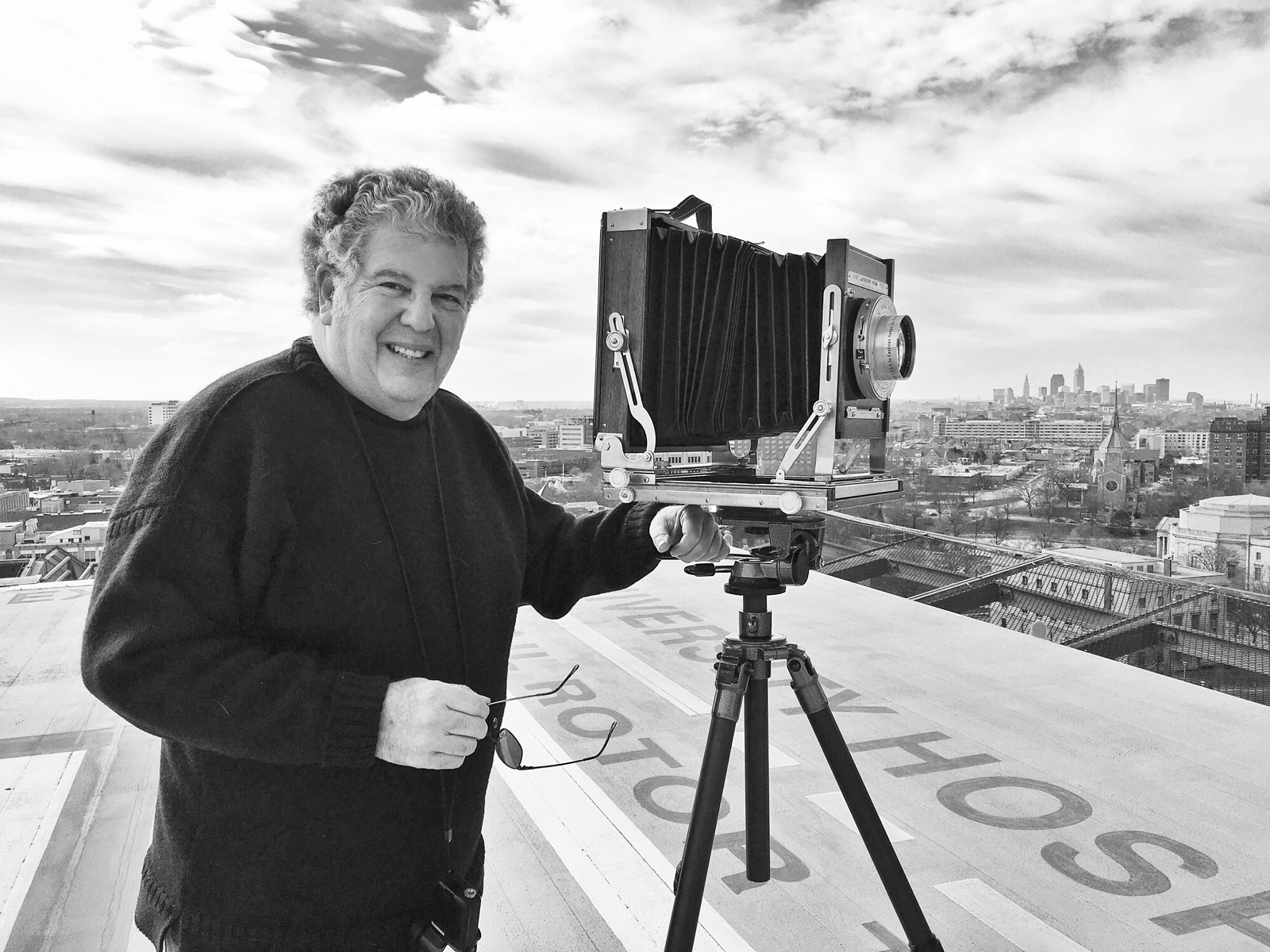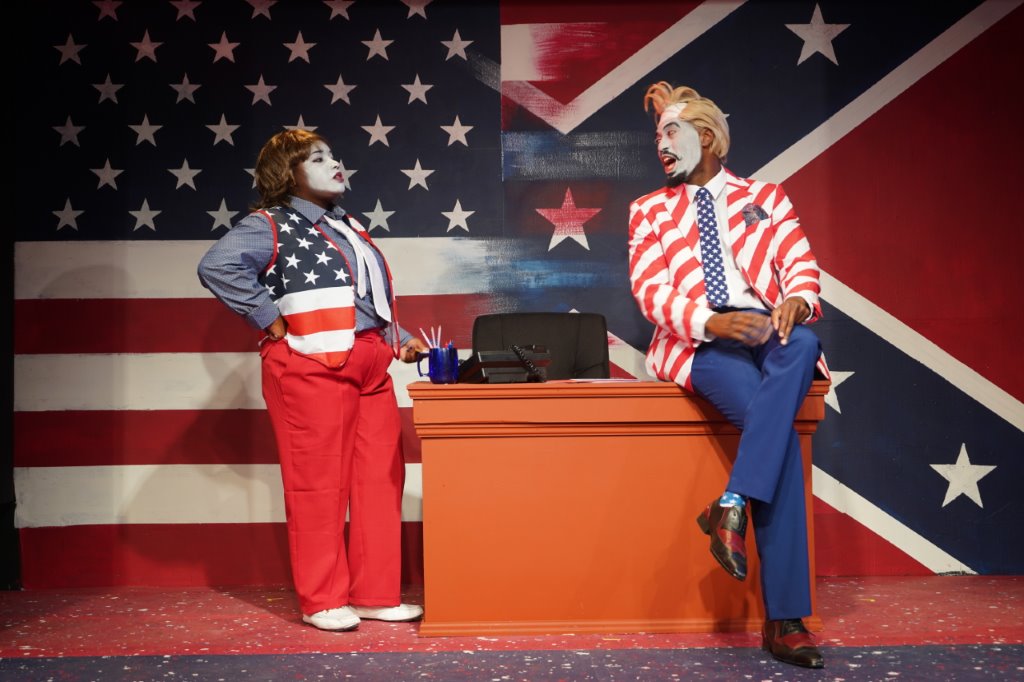
By Carlo Wolff
Nearly five years after Cleveland Museum of Art prints and drawings curator Britany Salsbury came up with the idea for an exhibit revealing a little-known facet of the great Impressionist painter and sculptor Edgar Degas, the scores of works that make up the show were ready for their close-up.
“I formally proposed ‘Degas and the Laundress’ as a potential exhibition in January 2019, but had started thinking about it about six months before,” Salsbury says. “I first came across the subject after reading an article about the series written in the 1980s by Eunice Lipton, the only art historian to previously look at Degas’ laundress series in an in-depth way. The topic stuck with me for many years, and after I arrived at the Cleveland Museum of Art in March 2018, I started to wonder whether it could work as a potential exhibition.”
Her contemplation was the seed of an intricate production encompassing the mounting of various kinds of paintings, artwork and objets d’art, preparation of accompanying text, choice of wall color, and even selecting the font for the headline-styled exhibition title that has been greeting visitors to the Kelvin and Eleanor Smith Foundation Gallery since October. CMA’s unique Degas display, “Degas and the Laundress: Women, Work, and Impressionism,” runs through Jan. 14, 2024.
When it comes to museum exhibitions as sophisticated and diverse as the Degas, it seems there are as many decisions involved as there are brain cells. It also seems as if the timeline never ends.
“Exhibitions vary in development, as there are complexities to every step of the research, planning and organization of each show,” says Heidi Strean, CMA’s chief exhibition, design and publications officer.

“The curators’ work can be very personal and solitary and may take years to coalesce,” she says. “Once it is added to our schedule, a much broader group of staff become invested in the process to flesh out the narrative, collaborate on the design process and bring shape to the companion publication. The team of each exhibition is confirmed at the point of concept, and carry through the project with the curator throughout the planning, the opening, the exhibition presentation, and through the close of the exhibition and the return of artwork to the original lenders or to our own galleries.”
All hands on deck – “the broader team,” as Strean puts it – start working in earnest two to three years in advance of opening, and the actual work extends beyond the dates the exhibition is on view until all the details are wrapped up and the finances are reconciled. The process can extend up to six months after a show has closed to the public.
Each of these behind-the-scenes details come together to produce exhibitions that draw from the museum’s eclectic collection, share an in-depth, original story and contribute to the scholarly field of artwork from a specific time and place.
Special handling
“Degas and the Laundress” is a CMA exclusive. It highlights Degas’ fascination with 19th-century Parisian laundresses, women known for their industriousness, their durability and, as news organs of the times implied, their sexual availability. It provides a fascinating overview of a volatile historical period in which that master painter shifted his preoccupation with the comforts of the bourgeoisie and the beauty of ballet to the emerging embodiments and demands of a grittier, more workaday world.
Like other exhibitions, getting “Degas and the Laundress” to market took teamwork and time.
What makes it a CMA exclusive? Fragility is a factor. “Some artwork is light sensitive, which means it really should not be out on view for more than a few weeks or months,” Strean says, as the duration is set by the lender. “When that is the case, as it is with works on paper, we know that the strongest presentation is for just one museum. If a show is made up of artwork that has greater durability, like metal sculpture, the show can have multiple presentations.”
“Museums are committed to the protection and preservation of artwork. We are most concerned about the survival of the work for future generations, and we are custodians while the work is in our care. We work to minimize risk, with rigorous training for our staff, a set of trusted partners in the industry – and, of course, insurance.”
Heidi Strean
Besides the exhibition itself, for “Degas and the Laundress” there was a catalog to produce, requiring “involvement and coordination of authors, an editor, a designer, a publication manager and a printer,” Salsbury says. Not to mention research, writing, editing and proofreading.
“This timeline – about five years – is pretty typical for an exhibition of its scale, especially one with many loans, each of which needs to be discussed and organized far in advance,” she says.

Salsbury says the most challenging parts of organizing “Degas and the Laundress” involved coordinating loans – which requires going to see artwork in person, sending an official letter requesting it as a loan and waiting to hear back – and writing the catalog.
Developing this exhibition during the height of the COVID-19 pandemic made it especially daunting, suggests Strean.
“All exhibitions have been challenging in the wake of COVID – the world has changed,” she says. “There are fewer cargo flights for art transportation, basic materials are more costly, people are cautious about travel. We are in a constant state of negotiation with our partners, our vendors and our colleagues, all to achieve these shows.”
The flow
Mounting the Degas exhibition began with preparing the galleries with paint and required construction, leaving enough time to install each artwork. An installation schedule can be complicated and is managed by a registrar, who schedules the shipment, uncrating and hanging of each artwork. Once everything is hung, the finishing touches are put on the exhibition by designers and members of the installation crew, who hang wall texts and adjust lighting.
Each exhibition is treated as its own story, and is considered in terms of both concept and logistics, Strean says.
“The team of professionals developing and presenting shows here is experienced, and each person brings a set of skills that make it possible for us to safely borrow major masterpieces from around the world to present here in Cleveland,” she says. “We calculate a tailored schedule for each show, allowing for durations that each department can deliver on – with the physical change-over for an exhibition, each department has benchmarks to achieve for each day of work. While the registrars are overseeing art shipments, conservators may be treating an artwork for stability or preparing a work for presentation, the designer is managing general contractors for the construction, all in advance of a single work being installed.”


For “Degas and the Laundress,” the museum transformed the space from the close of the prior show over six weeks. The phases proceed in the same order for each show, but can vary in duration, Strean notes.
“We essentially work in a flow of deinstallation (taking down a show), art transportation (return of loans), gallery preparations (construction, painting, casework and exhibition furniture), back to an empty gallery, and then we start over in reverse with a clean gallery space,” she says. “The same team that took things down and out now brings in a new round of art shipments. We condition-check each work as it is unpacked, and the works are installed, lit and labeled before we welcome any guests.”
All in
Strean suggests collegiality rules in selecting an exhibition.
“Nineteen curators are working in earnest on the research, care and growth of their specialty area within the collection – every curator has a few ideas of projects they’d like to do, or that would be right for Cleveland to present,” she says. “The initial conversations are small and focused, generally with the director, the chief curator and the director of exhibitions. We have ‘workshop’ meetings where we discuss the merits, the opportunities, the feasibility and the necessary resources to accomplish the proposed exhibition. These are really engaging conversations and prompt further work on the part of staff to ensure that the scope and scale of the project is realistic.”
Outside proposals are welcome, Strean adds, noting there is a protocol that applies to all exhibitions regardless of subject.
“In almost every case, the exhibition relates in some way to the museum’s collection, and we look for originality in the thesis – ideally, we are presenting a fresh take, bringing new scholarship to the field,” she says.
“Museums are committed to the protection and preservation of artwork,” she adds. “We are most concerned about the survival of the work for future generations, and we are custodians while the work is in our care. We work to minimize risk with rigorous training for our staff, a set of trusted partners in the industry – and, of course, insurance.”
On View
“Degas and the Laundress: Women, Work, and Impressionism” runs through Jan. 14, 2024, in the Cleveland Museum of Art’s Kelvin and Eleanor Smith Foundation Gallery. The museum is at 11150 East Blvd. More information and tickets to the exhibit are at clevelandart.org.










